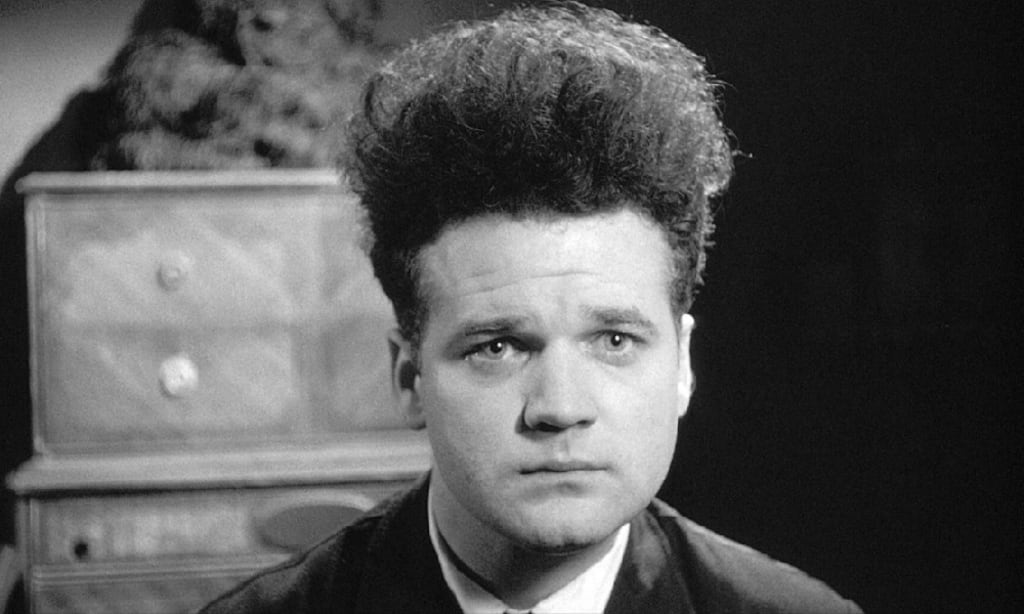A Filmmaker's Guide to: Experimental Film
Film Studies (Pt. 97)

In this chapter of ‘the filmmaker’s guide’ we’re actually going to be learning about literature and film together. I understand that many of you are sitting in university during difficult times and finding it increasingly hard to study and I understand that many of you who are not at university or not planning on it are possibly stuck of what to do, need a break or even need to catch up on learning film before you get to the next level. This guide will be brief but will also contain: new vocabulary, concepts and theories, films to watch and we will be exploring something taboo until now in the ‘filmmaker’s guide’ - academia (abyss opens). Each article will explore a different concept of film, philosophy, literature or bibliography/filmography etc. in order to give you something new to learn each time we see each other. You can use some of the words amongst family and friends to sound clever or you can get back to me (email in bio) and tell me how you’re doing. So, strap in and prepare for the filmmaker’s guide to film studies because it is going to be one wild ride.
Experimental Film
An experimental film is a film which uses methods that are either not mainstream or condemned as 'low film' in order to put across some sort of message. Since the beginning of cinematic culture, this has been very popular as a subversive from the normal.
Experimental film has been around since film itself began. The German Expressionist movement first of all, started off as an experimental movement and then grew into something more to influence many a movement after it. When the next era came around, comedies and thrillers became more experimental with various messages behind them, definitely more so after the Hayes Code was lifted.
During the 60s and 70s, because of the hippie movements and the want for independent content, more independent creators became more popular and therefore, made their way into the mainstream. Here we are introduced to possibly one of the most famous experimental film directors of all time: David Lynch. The director of the dark and almost grossly comedic "Eraserhead", this film is an extended metaphor for the fear of becoming a father.
After this, of course, and the popularity of "Eraserhead", Lynch not only went on to make more movies, but also many more independent creators came out of the shadows including people who started off independent but became mainstream. Tim Burton with his short "Vincent" then went on to make various blockbuster films in the future including "Batman" (1989). The man who used to direct Rick Springfield music videos in the early 1980s went on to become the David Fincher we know and love today, director of "Seven", "Zodiac" and the multi-award winning "The Social Network".
Another person who brought the experimental film genre to the lights of the mainstream was David Cronenberg. Cronenberg's efforts in thriller film and experimental film have often included some major extended metaphor that represents something about human nature that is also a major part of the story.
Cronenberg's film "The Fly" was obviously basing itself on more experimental films that are heavy on the visuals in order to display the extended metaphor. This also spills over into his latter films such as "Cosmopolis" in which Cronenberg goes out of his way in order to represent the visual techniques put forward by the imagery of Don Delilo's novel as a way of presenting the almost socialist political message behind the adaptation. It is something that has continued throughout Cronenberg's career and has made him a very popular almost subversive director from the normal mainstream film.
The final director is obviously possibly one of the most subversive directors of the modern age, a man who has made a myth of himself and therefore, may be in danger of turning himself into a caricature - Tom Six. Director of the controversial series "The Human Centipede", Tom Six relies heavily on visuals in order to get his point across. Personally, what I took from this is that there is a clear metaphor about animal testing and how wrong it is. Replacing animals with humans and instead of medical conditions, putting the humans in visual ones in order to represent the damage done is a better idea out of the many bad ones Tom Six has had. However, his films also rely on criticism in order to become more famous - as if he sells his stuff based on the fact that they are becoming more and more contraband each time.
About the Creator
Annie Kapur
200K+ Reads on Vocal.
English Lecturer
🎓Literature & Writing (B.A)
🎓Film & Writing (M.A)
🎓Secondary English Education (PgDipEd) (QTS)
📍Birmingham, UK






Comments
There are no comments for this story
Be the first to respond and start the conversation.